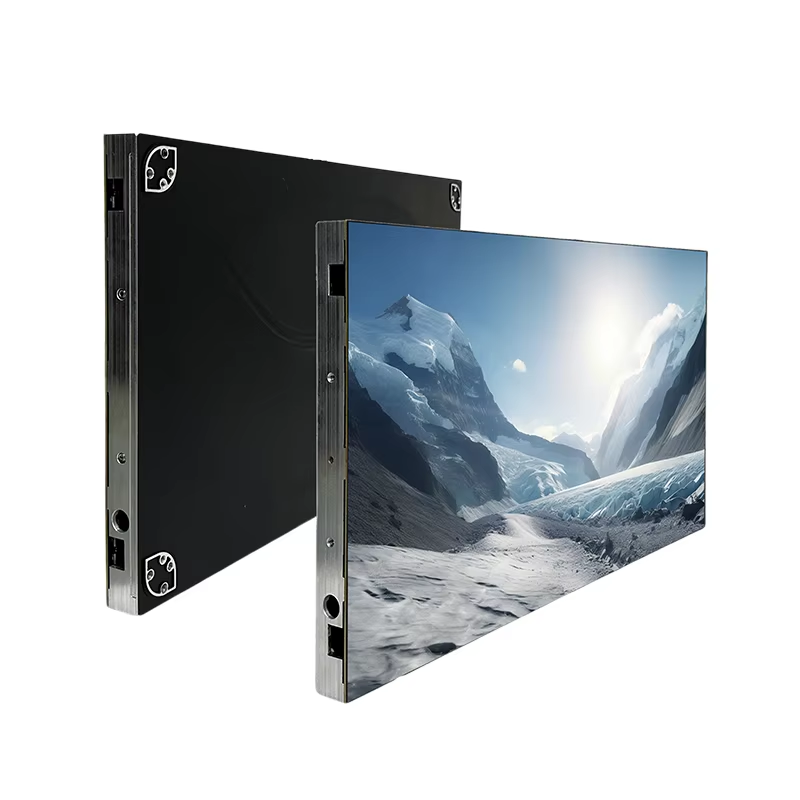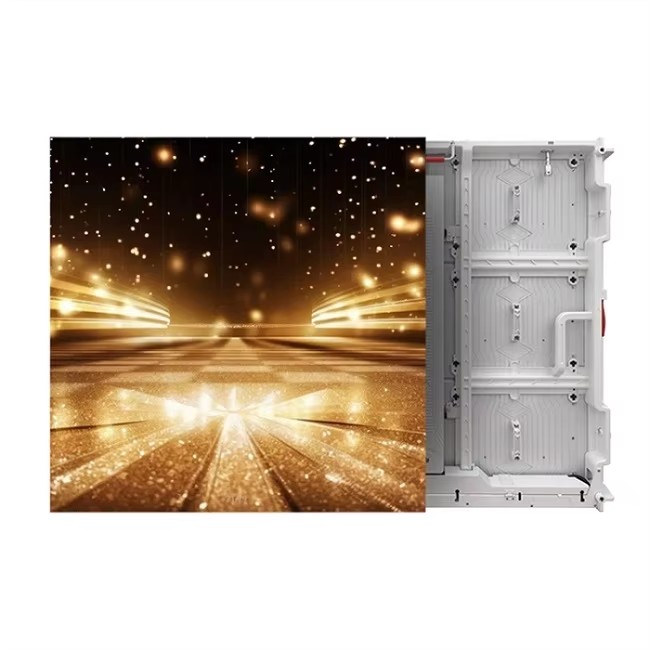When it comes to retail spaces, the effectiveness of an indoor LEDs screen becomes apparent because of its capability to display crystal clear and vibrant images and videos. Unlike printed posters or other static display options, indoor LED screens have a brilliant intensity and display a tremendous amount of color. As a result, the product images, videos, and even logos can be seen vividly from many feet away. Shoppers and customers would prefer to look at these images than the plain signs offered.
Retailers aim to clearly display new items or specials which can be changed at any time. Indoor LED screens allow users to display a plethora of content that can be switched or changed easily. For instance, a clothing retail can have videos of models advertising a new rage and an electronics shop can switch to videos that demonstrate the devices. Because this content is so dynamic, it keeps customers actively engaged while the store feels more lively. Both of these outcomes would contribute to more foot traffic and longer dwell time.

A key advantage of indoor led screens is that they maintain their effectiveness, while their size can be adjusted to match the context. Whether it be a small screen by the products or large video walls occupying a full wall, these screens can be adjusted to fit the store layout.
This adaptability makes them equally useful in small retail areas such as a boutique or in large wall spaces as in a shopping mall.
Vertical spaces, especially narrow aisles, can accommodate smaller indoor LED screens mounted on shelves, designed to communicate product details like ingredients in food or a gadget’s specs. Large LED video walls capture attention in open areas such as store entrances or atriums. Certain indoor LED screens can also be designed to create modular shapes. These targeted visuals provide adequate visual impact, maximizing the space available.
For reasons like changing prices or promoting seasonal items, updating promotional content, especially for retailers, can be a tiresome task. This is where indoor LED screens come in handy. Controlled through centralized software or a mobile app, most modern indoor LED screens enable the retail staff to upload content remotely. This means not having to physically near the screen to make any adjustments.
The time and effort savings presented over long periods is considerable. A retailer looking to refresh content for all screens during, for instance, a holiday sale, can accomplish this in a matter of minutes.
No printing additional posters or taking down old ones minimizes waste. Display content can be scheduled in advance. At a grocery store for example, you can set different times for breakfast specials to be shown in the morning and dinner specials in the evening. This tailoring feature lets grocers optimize their visual marketing.
Most store hours entail running the till or lapel mic. This makes energy use and display device longevity important considerations. Compared to other display options like LCD screens or projectors, LED screens have lower energy use. This is because their LED screens produce lower while power retaining stronger, clearer images. Reduced power consumption leads to lower electricity bills which is another way grocers slash expenditures.
Furthermore, the longevity of LED screens saves the most expenses. They can operate for tens of thousands of hours while retaining brightness and image quality. This minimal replacement of screens saves maintenance and operational expenses over the year.
As an example, one retail store that uses indoor LED screens for product displays may only have to replace them every 5 to 7 years. Other display devices may have to be replaced every 2 to 3 years. For retail spaces, the energy efficiency and durability of indoor LED screens makes them a cost effective solution.

By implementing interactive features, indoor LED screens have the ability improve customer experience. This is especially relevant in the case of retail spaces. Certain indoor LED screens equipped with touch technology allow shopping customers to actively engage with the content displayed on the screen. For example, a furniture store may have a touch screen enabled LED screen which allows its customers to choose from a variety of furniture styles and visualise how it will fit in a room. Engagement of this nature makes the shopping experience entertaining and enjoyable.
Indoor LED Screens have the potential to offer value adding functionalities and features to customers as well. For example, large LED screens in a shopping mall may be used to display the list of shops in a directory, scheduled events, or the current weather, allowing customers to easily access the information they are looking for.
It aids sellers in preserving a great brand image because it enhances customer experience and interaction, thus augmenting buyers’ satisfaction that can result in repeat purchases.